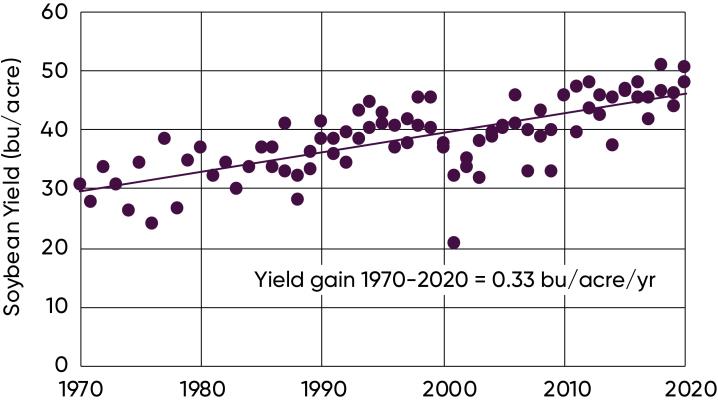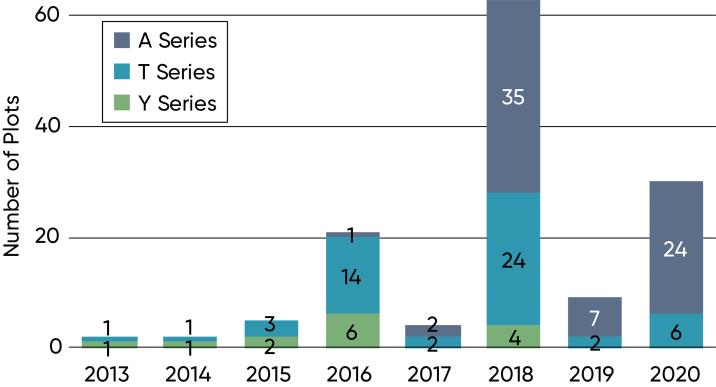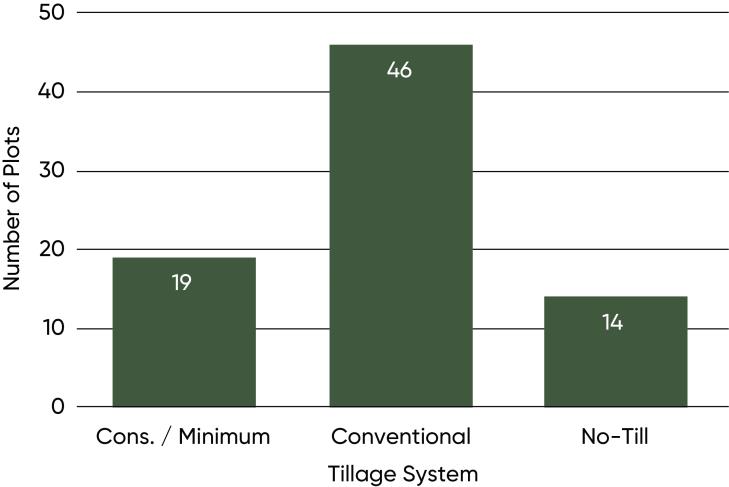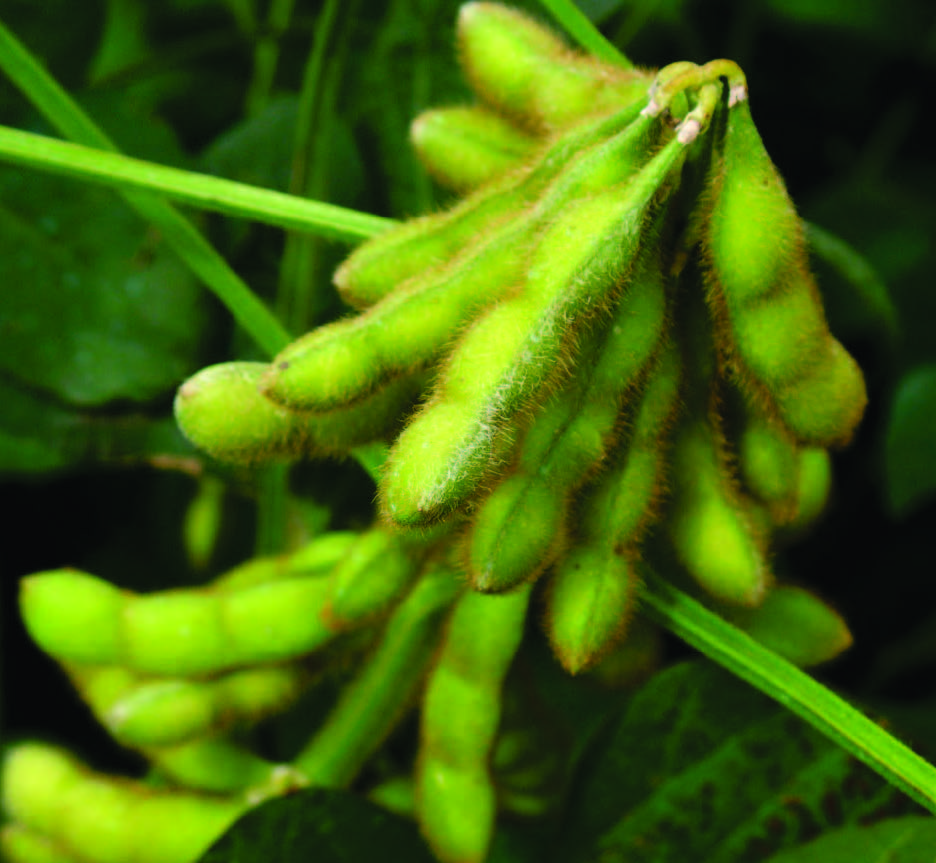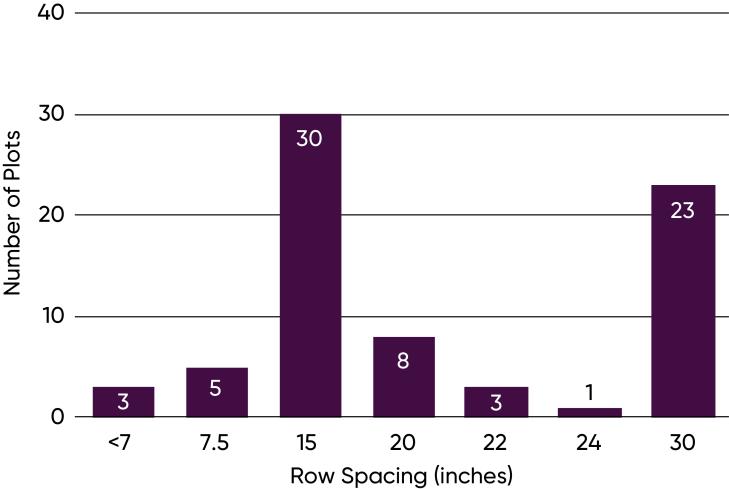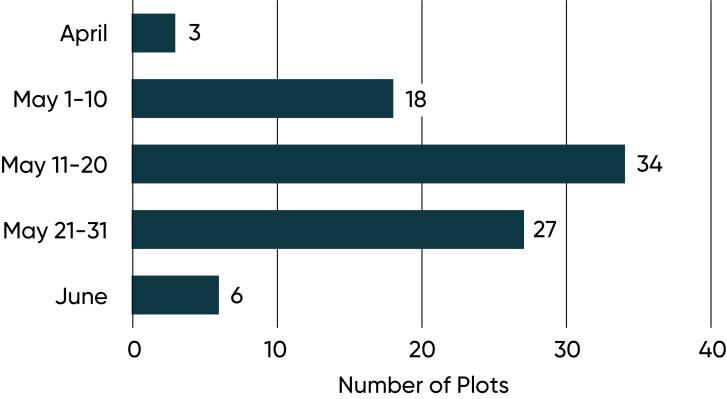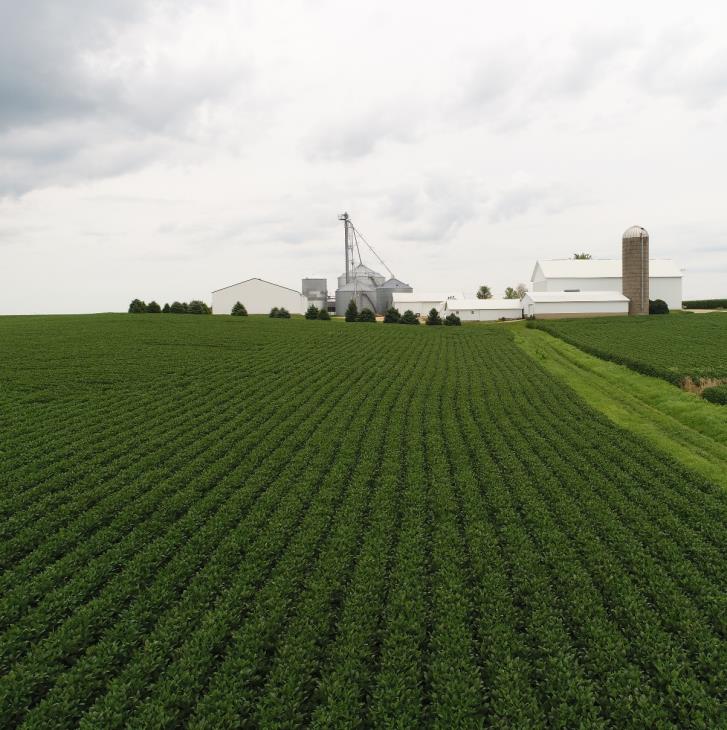Jeschke, M. 2019. Managing Corn for Greater Yield. Pioneer Crop Insights Vol. 29 No. 2.
Van Roekel, R. 2019. The Importance of Early Planting for Soybeans in the Midwest. Pioneer Crop Focus Vol. 11 No. 1.
Liberty®, LibertyLink® and the Water Droplet Design are registered trademarks of BASF. The transgenic soybean event in Enlist E3® soybeans is jointly developed and owned by Dow AgroSciences LLC and M.S. Technologies L.L.C. Roundup Ready 2 Yield® is a trademark of Bayer group. Roundup Ready 2 Xtend® is a registered trademark of Monsanto Technology LLC used under license.
Varieties with the Glyphosate Tolerant trait contain genes that confer tolerance to glyphosate herbicides. Glyphosate herbicides will kill crops that are not tolerant to glyphosate. Always follow stewardship practices in accordance with the Product Use Guide (PUG) or other product specific stewardship requirements including grain marketing and pesticide label directions. Varieties with BOLT® technology provide excellent plant-back flexibility for soybeans following application of SU (sulfonylurea) herbicides such as DuPont™ LeadOff® or DuPont™ Basis® Blend as a component of a burndown program or for double-crop soybeans following SU herbicides such as DuPont™ Finesse® applied to wheat the previous fall.
DO NOT APPLY DICAMBA HERBICIDE IN-CROP TO SOYBEANS WITH Roundup Ready 2 Xtend® technology unless you use a dicamba herbicide product that is specifically labeled for that use in the location where you intend to make the application. IT IS A VIOLATION OF FEDERAL AND STATE LAW TO MAKE AN IN-CROP APPLICATION OF ANY DICAMBA HERBICIDE PRODUCT ON SOYBEANS WITH Roundup Ready 2 Xtend® technology, OR ANY OTHER PESTICIDE APPLICATION, UNLESS THE PRODUCT LABELING SPECIFICALLY AUTHORIZES THE USE. Contact the U.S. EPA and your state pesticide regulatory agency with any questions about the approval status of dicamba herbicide products for in-crop use with soybeans with Roundup Ready 2 Xtend® technology.
ALWAYS READ AND FOLLOW PESTICIDE LABEL DIRECTIONS. Roundup Ready® technology contains genes that confer tolerance to glyphosate, an active ingredient in Roundup® brand agricultural herbicides. Agricultural herbicides containing glyphosate will kill crops that are not tolerant to glyphosate. Soybeans with Roundup Ready 2 Xtend® technology contain genes that confer tolerance to glyphosate and dicamba. Glyphosate herbicides will kill crops that are not tolerant to glyphosate. Dicamba will kill crops that are not tolerant to dicamba. Corteva Agriscience is a member of Excellence Through Stewardship® (ETS). Corteva Agriscience products are commercialized in accordance with ETS Product Launch Stewardship Guidance and in compliance with the Corteva Agriscience policies regarding stewardship of those products. In line with these guidelines, our product launch process for responsible launches of new products includes a longstanding process to evaluate export market information, value chain consultations, and regulatory functionality. Growers and end-users must take all steps within their control to follow appropriate stewardship requirements and confirm their buyer’s acceptance of the grain or other material being purchased. For more detailed information on the status of a trait or stack, please visit www.biotradestatus.com.
Pioneer® brand products are provided subject to the terms and conditions of purchase which are part of the labeling and purchase documents.






